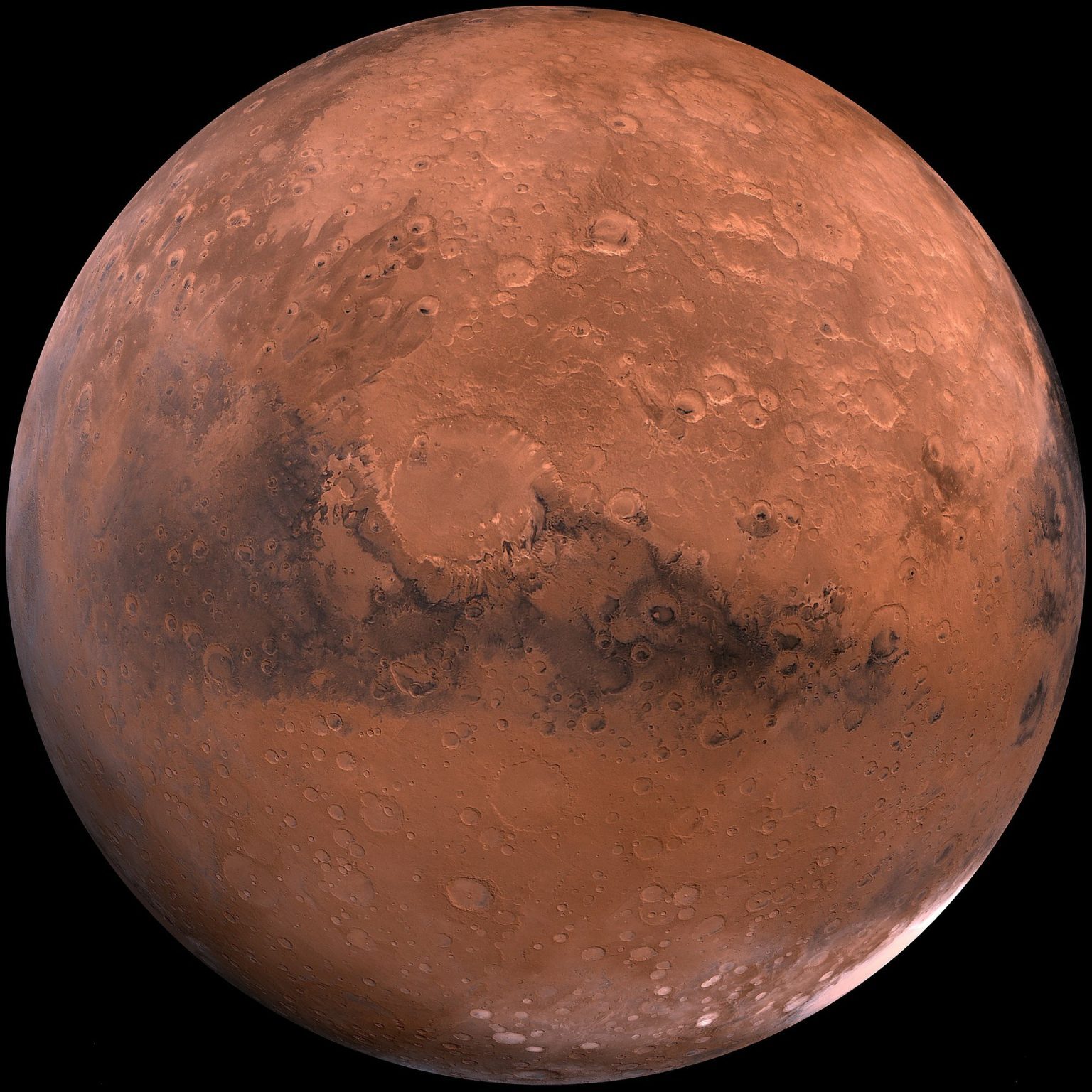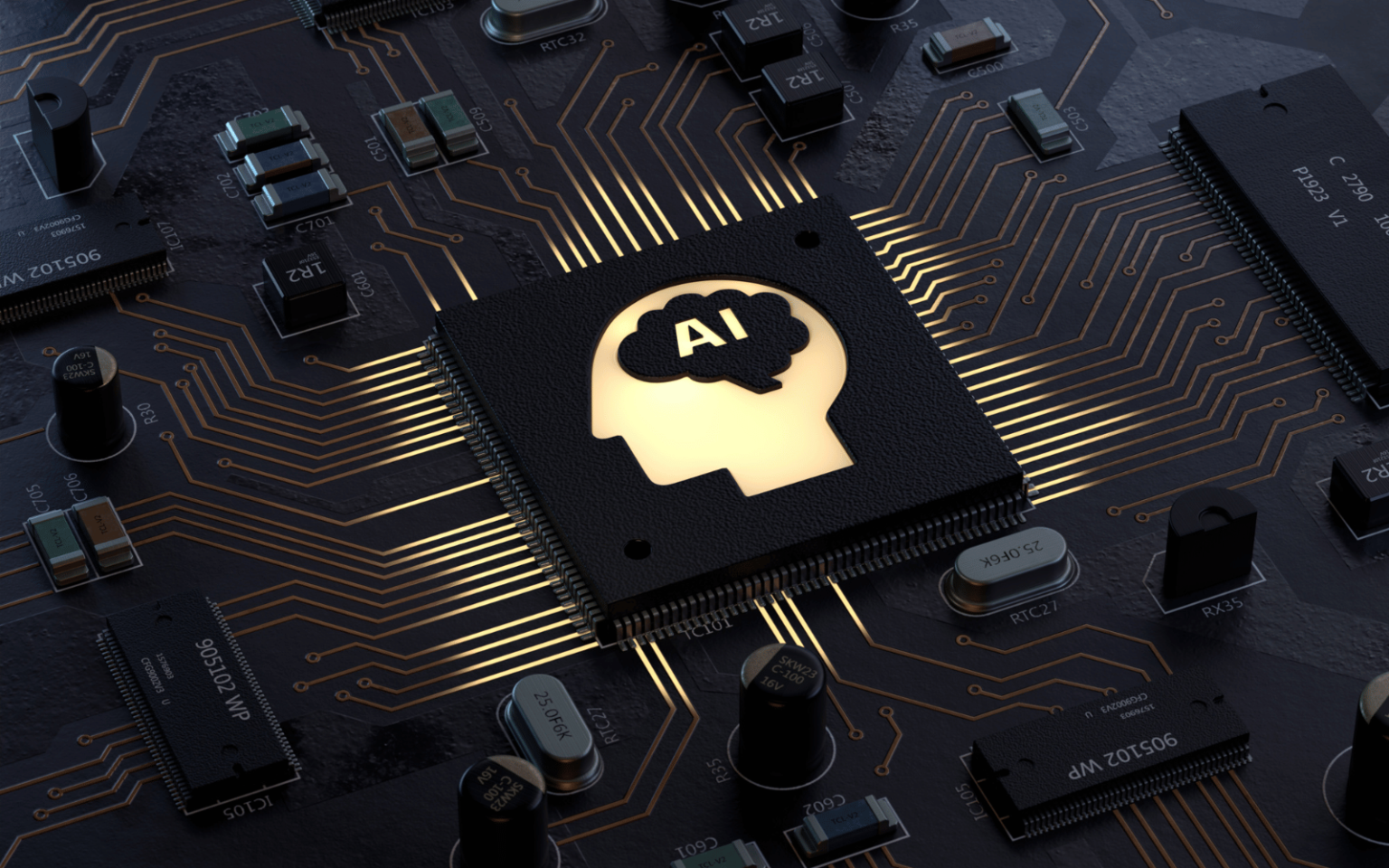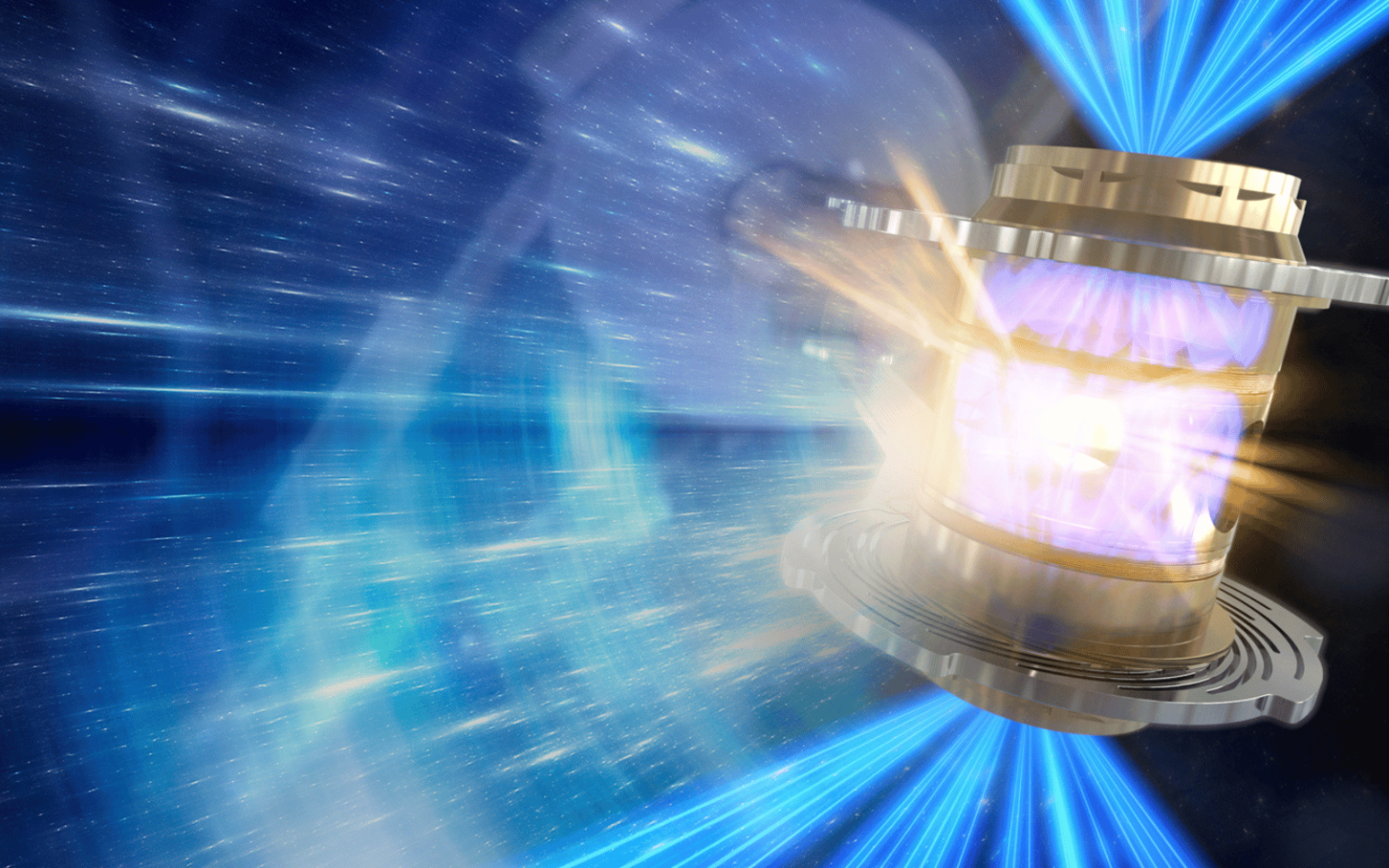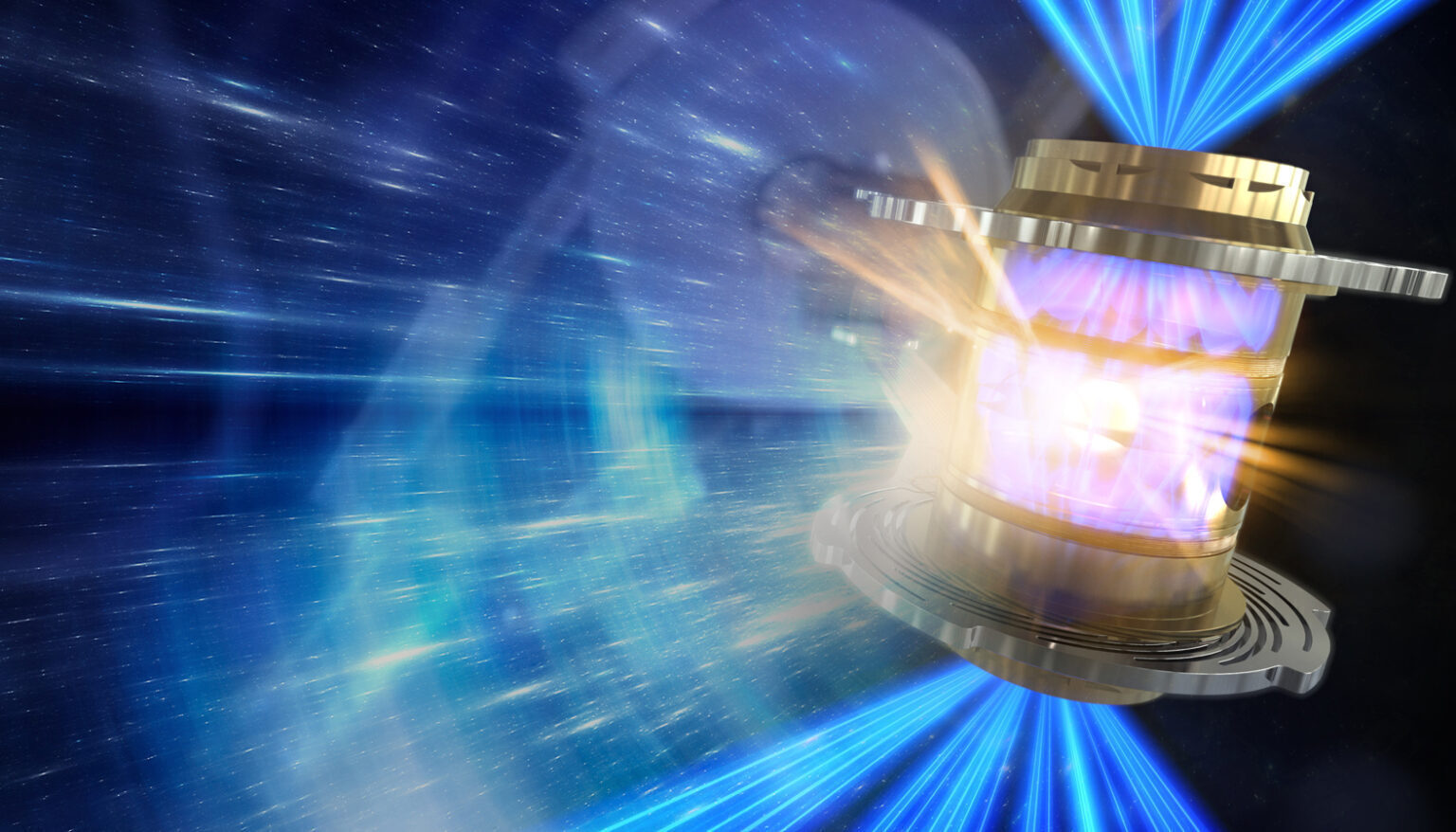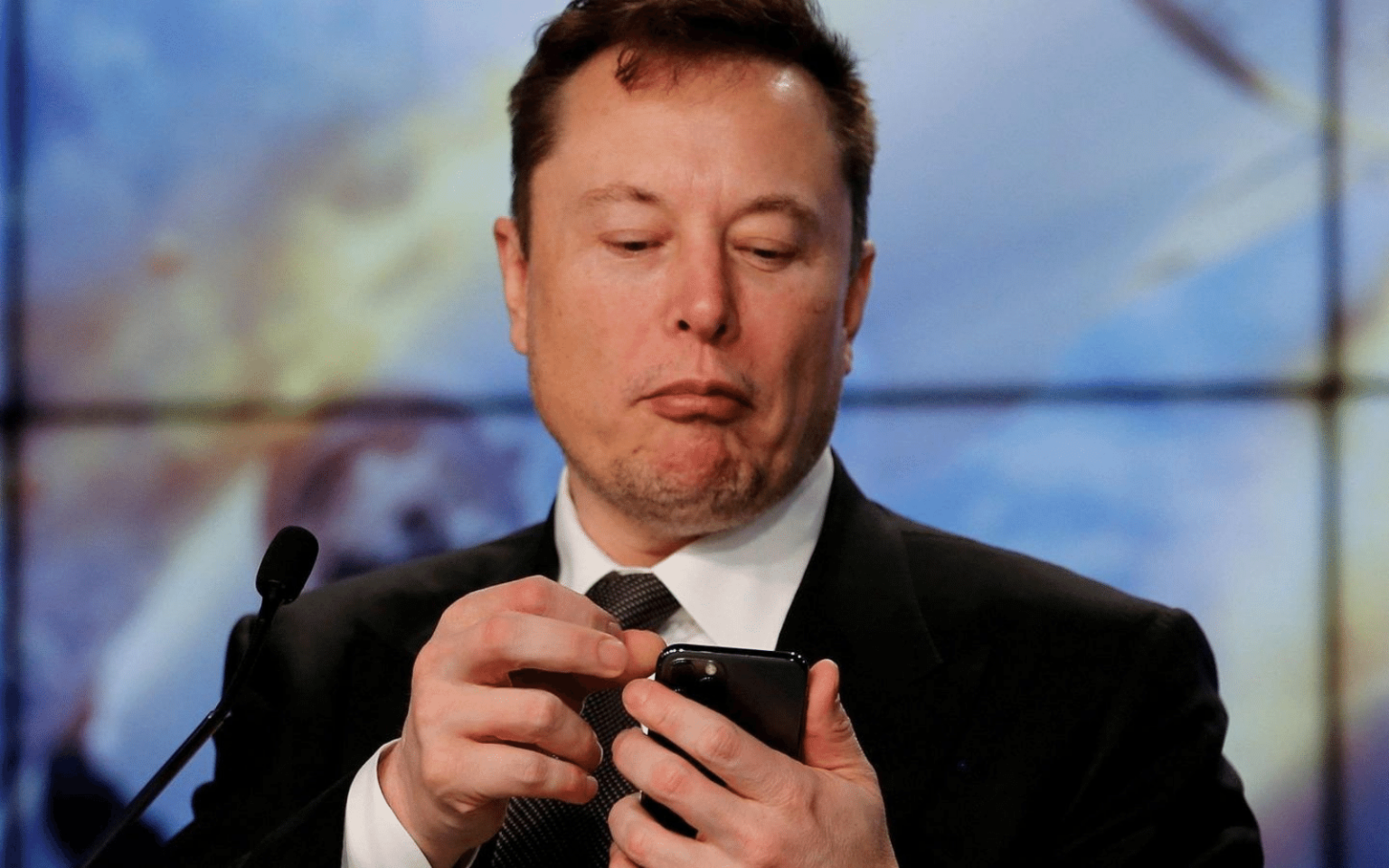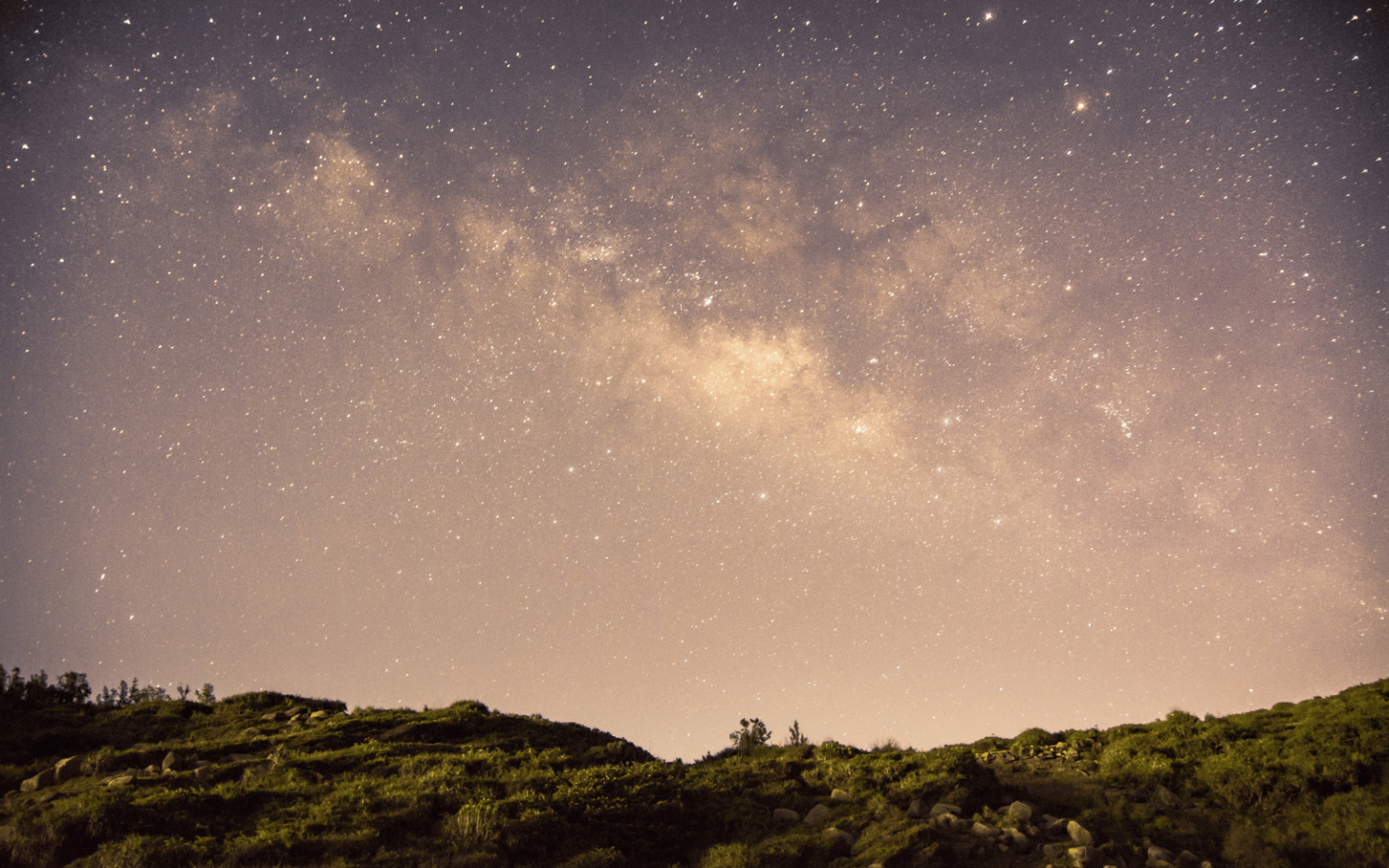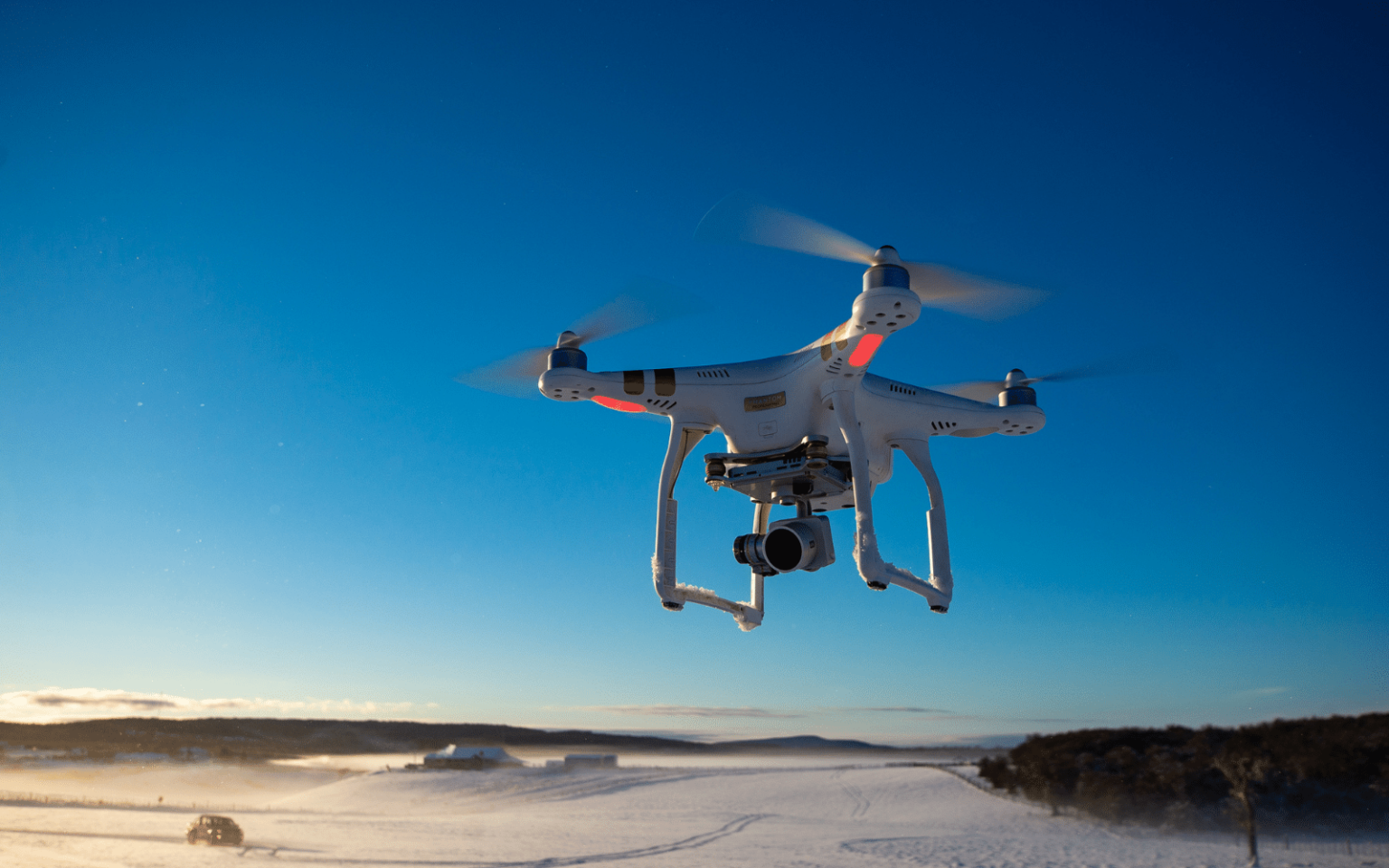A dust devil looks a bit like a tornado, but is weaker and rarely lasts more than about a minute. It is a twisting column of warmed air scooting across sun-heated ground, made visible by the dust that it lofts upwards. Although usually benign, occasionally dust devils can kill. Dust devils have been known to appear on Mars since the 1970s. They have been observed both from the ground and from orbit. The more dust in the Martian atmosphere, the warmer and more agitated it becomes, and this can escalate into a global dust storm. When the dust settles, it can coat and disable…
Author: The Conversation
The release of OpenAI’s ChatGPT chatbot has given us a glimpse into the future of teaching and learning alongside artificial intelligence. Educators immediately pointed out the chatbot’s ability to generate meaningful responses to questions from assessments and exams. And it’s often not possible to attribute these responses to a particular source – making it difficult to detect plagiarism. Concerns didn’t go unnoticed. Shortly after ChatGPT’s release, OpenAI announced it was developing a “digital watermark” to embed into the chatbot’s responses. This kind of watermark is embedded as a digital signal that can identify the content as being AI-generated, and which (in theory) should be difficult to…
Scientists made headlines last week for supposedly generating a wormhole. The research, reported in Nature, involves the use of a quantum computer to simulate a wormhole in a simplified model of physics. Soon after the news broke, physicists and experts in quantum computing expressed scepticism that a wormhole had in fact been created. Media coverage was chaotic. Outlets reported that physicists had created a theoretical wormhole, a holographic wormhole or perhaps a small, crummy wormhole, and that Google’s quantum computer suggests wormholes are real. Other outlets soberly offered the news that no, physicists didn’t make a wormhole at all. If this has you confused, you’re not alone! What’s going…
For the first time, scientists in the US have confirmed a fusion energy experiment achieved net gain. This means releasing more energy than it takes to initiate, demonstrating the physical basis for producing fusion energy in a controlled way. This historic feat took place at Lawrence Livermore National Laboratory (LLNL) in California, using the National Ignition Facility experiment after decades of planning and research. On December 5, a team at LLNL’s National Ignition Facility (NIF) conducted the first controlled fusion experiment in history to reach this milestone, also known as scientific #energy breakeven, meaning it produced more energy from #fusion…
The massive carbon footprint left behind by emails has been widely discussed by the media, but most of the time these discussions are exaggerated. According to Agnès Pannier-Runacher, the French minister of energy transition, reducing the number of emails that are sent and deleting them would reduce the individual carbon footprint. News stories have voiced these ideas as well. In a recently published paper, we found that some iconic digital activities, such as sending email, contribute marginally to the annual carbon footprint of information and communication technology users. As researchers working on the environmental impacts of our actions, we believe it is important…
Elon Musk’s acquisition of Twitter has been rocky, to say the least. Since taking over the company on Oct. 28, Musk has made a number of changes to the platform, resulting in widespread chaos and turmoil within the company. Within days of taking over Twitter’s operations, Musk fired top executives and half of the company’s 7,500 employees, ignored advice to not disproportionately fire employees representing diversity and inclusion and has likely violated employment labour laws and breached employee contracts. Then on Nov. 16, Musk sent an email to remaining workers with an ultimatum: commit to being “extremely hardcore” or leave the company. The letter continued: “This will mean working long…
The European Space Agency (Esa) recently announced a new mission of its science programme: a small telescope orbiting the Earth dubbed Arrakhis. But although its name is inspired by the sci-fi novel Dune, it will not be looking for sandworms or “spice” on a desert planet. Instead, this nimble satellite will punch hugely above its weight and try to track down one of the most elusive and mysterious substances in the universe: dark matter. This is the term given to the hypothetical invisible matter that is thought to be more abundant than normal matter and have a similar gravitational effect on its surroundings. The…
Drones are already shaping the face of our cities – used for building planning, heritage, construction and safety enhancement. But, as studies by the UK’s Department of Transport have found, swathes of the public have a limited understanding of how drones might be practically applied. It’s crucial that the ways drones are affecting our future are understood by the majority of people. As experts in design futures and mobility, we hope this short overview of five ways drones will affect building design offers some knowledge of how things are likely to change. 1. Creating digital models of buildings Drones can take photographs of buildings,…
When the first five images from the James Webb Space Telescope (JWST) were unveiled, one of them stared at me with two eyes. It was an image of the Southern Ring Nebula, NGC3132, and smack in the middle were two bright stars. Now, the fact that NGC3132 houses a binary star system (two stars orbiting one another) has been known since the days of the Hubble Space Telescope. But in those early images, the central star that ejected the nebula – a tiny, hot white dwarf – was so dim it was almost invisible next to its bright Sun-like companion.…
It is common to hear news reports about large data breaches, but what happens once your personal data is stolen? Our research shows that, like most legal commodities, stolen data products flow through a supply chain consisting of producers, wholesalers and consumers. But this supply chain involves the interconnection of multiple criminal organizations operating in illicit underground marketplaces. The stolen data supply chain begins with producers – hackers who exploit vulnerable systems and steal sensitive information such as credit card numbers, bank account information and Social Security numbers. Next, the stolen data is advertised by wholesalers and distributors who sell the data.…


